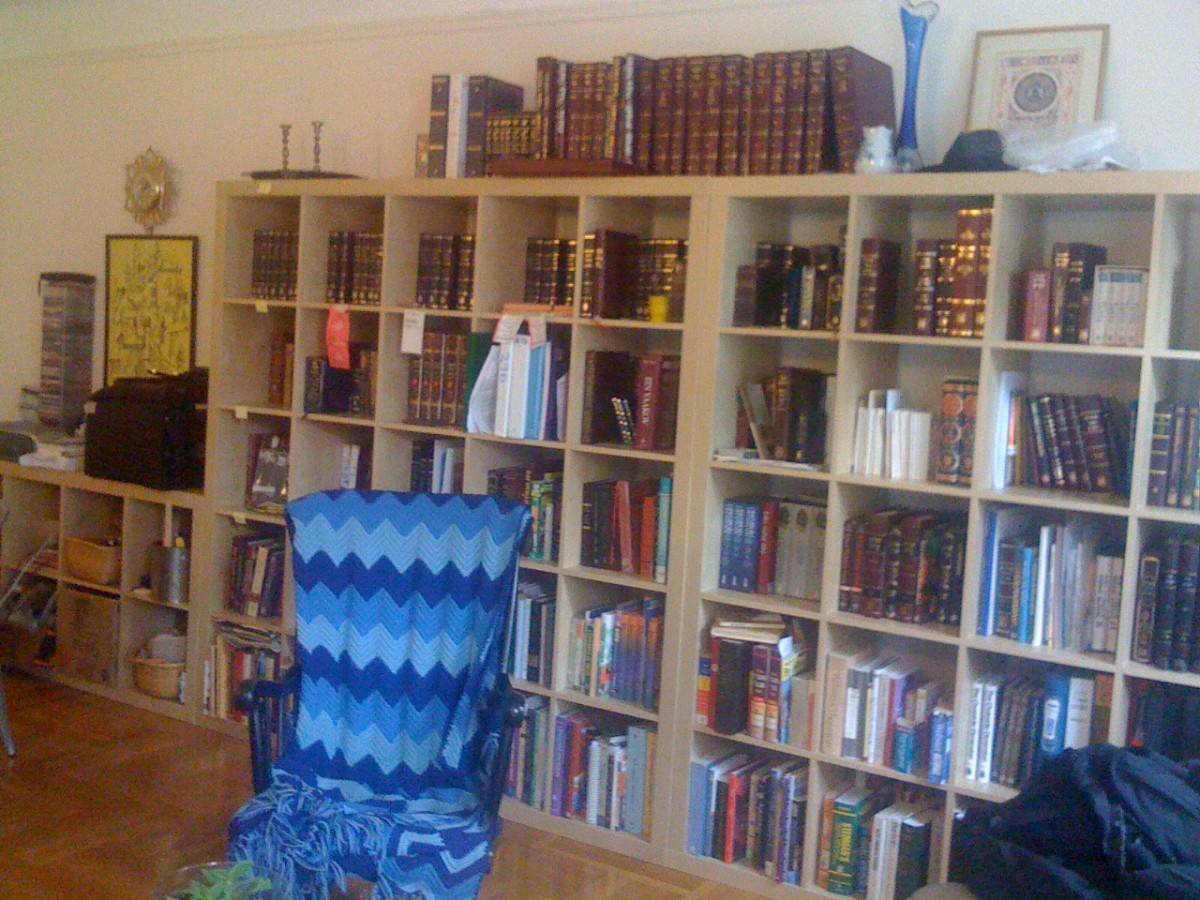The Pro and Cons of IKEA Furniture
 A few weeks back I got a call from one of my long time clients. He had recently picked up some IKEA furniture and wanted me, a Denver-area carpenter, to do the assembly for him. With 30 years of custom furniture design and build-from-scratch experience, I said yes. Building from a box is pretty simple, and I have always admired the detailed engineering of some IKEA products.
A few weeks back I got a call from one of my long time clients. He had recently picked up some IKEA furniture and wanted me, a Denver-area carpenter, to do the assembly for him. With 30 years of custom furniture design and build-from-scratch experience, I said yes. Building from a box is pretty simple, and I have always admired the detailed engineering of some IKEA products.
Engineering and Design
When it comes to engineering and design, IKEA is indeed a leader. They offer a wide selection of easy-to-assemble modern designs. Unlike the furniture I build, most IKEA products come completely unassembled and require the owner to spend a bit of time reviewing the instruction manual and familiarizing themselves with a multitude of panels, braces, and knock down specific hardware. The geek in me enjoys seeing the intricacies of this collection of parts magically transform into a usable piece of furniture. I am also surprised by the efficiency of their packaging; I look at a small box and wonder how a full-sized bookcase “fits” in there.
Once all the parts are laid out and the build sequence is established, the project goes together quite smoothly. The precision of the machining is topnotch and everything fits perfectly. This is very different from some of my native edge furniture, where Mother Nature exerts her own style and I work with the curves and bends of real wood.
But Then There Is All That Particleboard...
That furniture I built for this client consisted of two white “Billy” bookcases and a “Besta” TV stand. Materials in these pieces ranged from wimpy cardstock to slightly better particleboard with thermofoil “wood grain.” The only “real” wood in the entire set were a few dowel rods used in the assembly. IKEA does offer some products made from real wood, and when these more premium materials are used with their fine engineering, the end product is nice but obviously, finer materials mean increased cost. The Billy bookcases I built sell for a whopping $69 and this price includes raw materials, machining and packaging, and transport of these kits from the Far East.
Locally Sourced vs. Imported Wood
There is some economy of scale here. IKEA is the third largest consumer of wood globally, and since the bulk of their furniture is particleboard-based, a lot of this is waste wood. One of their marketing strategies is to be perceived as a “green” company with responsible harvesting and labor practices. Their Iway code of conduct is an 18-page document that details what practices are allowed. When I reviewed this document, I noticed many references to “local” regulations. Since the bulk of their manufacturing is located in overseas facilities…
There is also a lot of controversy over their logging operations. This is one area where I have a distinct advantage with most of my furniture. Not only do I source locally, which greatly reduces my products' carbon footprint, I’m on a first name basis with my sawyer and know exactly where my lumber was harvested.
Kevin Stevens writes for Networx.com.
Updated December 10, 2017.
Looking for a Pro? Call us (866) 441-6648

Carpentry Average Costs
Carpenters Experiences

My Son’s Stamped Concrete Patio Was A Fast Track, Quality Job

New Stairs And Roof Installation Are The Perfect Deck Upgrade



